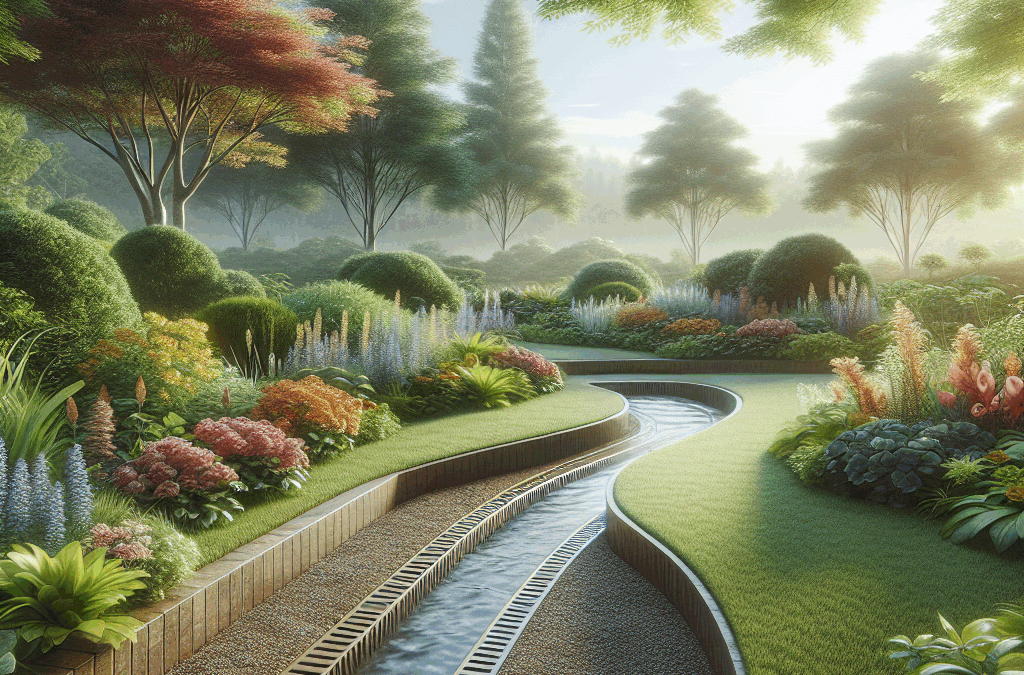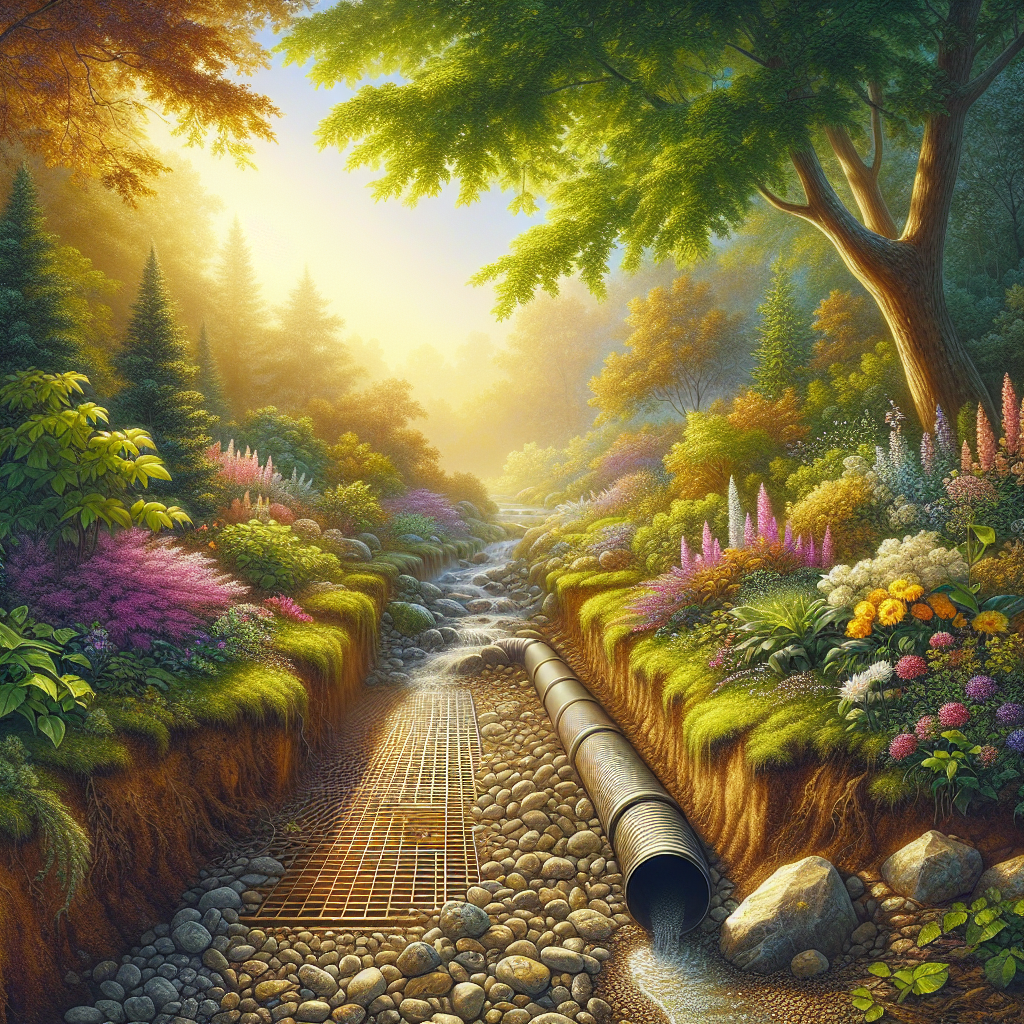French Drains: How to Combine Function and Aesthetics
When it comes to managing water drainage effectively, French drains might just be your new best friend. Not only do they work wonders in preventing water damage, but they can also be designed to enhance the beauty of your landscape. Let’s dive into how you can seamlessly blend function and aesthetics with French drains in your yard. 🌿💧
Table of Contents
1. Understanding the Basics of French Drains
2. Designing a French Drain with Aesthetic Appeal
3. Installation Tips for a Functional and Beautiful French Drain
4. Maintaining Your French Drain
5. Conclusion
6. FAQs
Understanding the Basics of French Drains
Before we get into the nitty-gritty of designing a stunning French drain, let’s cover the basics. A French drain is essentially a trench filled with gravel or rock containing a perforated pipe that redirects surface water and groundwater away from a specific area. This makes it a perfect solution for waterlogged lawns or basements. The concept is simple, yet incredibly effective! 🌧️
Designing a French Drain with Aesthetic Appeal
Who says functional can’t be beautiful? Here are a few tips to ensure your French drain adds to your landscape’s charm:
1. Choose the Right Materials: Opt for decorative stones or colored gravel that complement your garden’s theme. This not only serves the drain’s purpose but also adds a visual element to your landscape.
2. Incorporate Plantings: Use native plants or ornamental grasses along the edges of your French drain. They can soften the look and blend the drain seamlessly into your garden.
3. Creative Patterns: Consider laying the gravel or stones in interesting patterns or shapes to make the drain a focal point rather than an eyesore.
Installation Tips for a Functional and Beautiful French Drain
Installation might sound daunting, but with a few handy tips, you can ensure both functionality and beauty:
1. Proper Slope: Ensure there’s a slight slope in your trench to guide water efficiently towards the desired outlet. The standard recommendation is a 1% grade, or 1 foot of drop over 100 feet.
2. Correct Depth and Width: Typically, a trench should be about 18-24 inches deep and 9-12 inches wide, but adjust based on your water issues and landscape design.
3. Use Landscaping Fabric: Line your trench with landscaping fabric to prevent soil from clogging the drain while still allowing water to flow through.
Maintaining Your French Drain
Maintenance is key to ensuring your French drain continues to perform its best and look great:
1. Regular Inspection: Check for signs of clogging or damage, especially after heavy rains.
2. Clean the Surface: Remove debris and leaves from the gravel surface to keep it looking tidy.
3. Refresh the Gravel: Over time, you might want to add a fresh layer of gravel to maintain its aesthetic appeal.
Conclusion
French drains are more than just a practical solution for drainage issues. With a bit of creativity and planning, they can be transformed into beautiful landscape features that enhance your outdoor space. Whether you’re a DIY enthusiast or prefer to hire a professional, combining function with aesthetics in your French drain design is entirely within reach. 🌟
FAQs
1. Can I install a French drain myself?
Yes, with the right tools and guidance, installing a French drain can be a rewarding DIY project. However, for complex drainage issues, consulting a professional might be best.
2. How long does a French drain last?
With proper installation and maintenance, a French drain can last up to 30 years or more.
3. Do French drains require a lot of maintenance?
No, French drains are relatively low maintenance, requiring occasional inspections and cleaning to ensure optimal performance.
4. Can I plant directly over a French drain?
Yes, you can plant shallow-rooted plants over a French drain, but avoid trees or shrubs with invasive root systems that could damage the pipe.








































Recent Comments